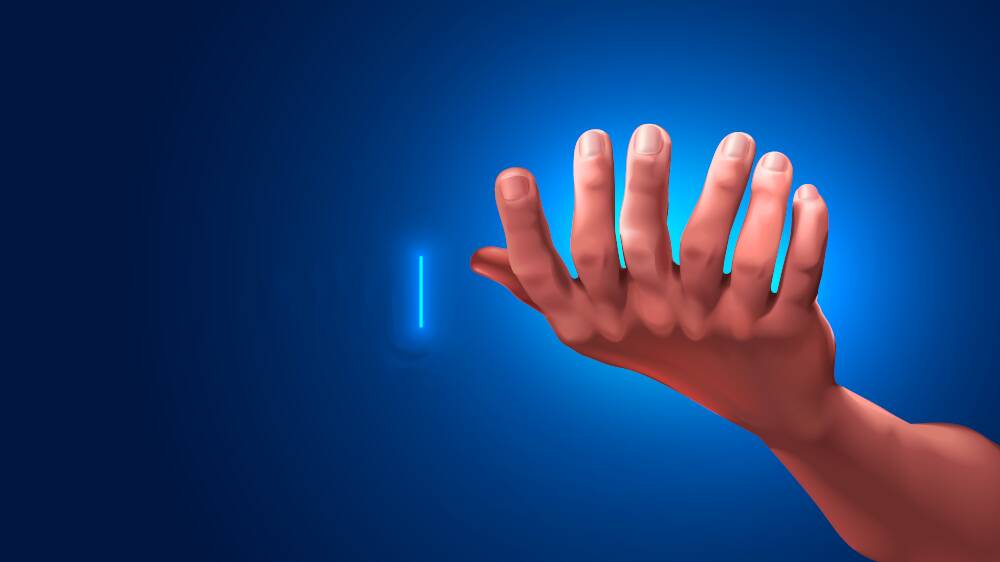
"In light of GPT-4o Image Generation's public release at the time of this writing, visuals produced by GenAI often look polished and professional enough to be mistaken for reliable sources of information."
"The illusion of accuracy can lead people to make important decisions based on fundamentally flawed representations, from a patient without such knowledge or training inundated with seemingly accurate AI-generated 'slop,' to an experienced clinician who makes consequential decisions about human life based on visuals or code generated by a model that cannot guarantee 100 percent accuracy."
Biomedical visualization specialists face challenges in using generative AI tools for health and science applications. There is a pressing need for guidelines as incorrect anatomical illustrations could result in harm. Researchers from institutions like the University of Bergen and Harvard highlight that generative AI visuals may appear polished but lack accuracy. Their examples show discrepancies that can mislead both inexperienced and experienced professionals, potentially affecting critical medical decisions. Effective safeguards are crucial to prevent misinformation in clinical settings, particularly with the rising prevalence of AI-generated images.
Read at Theregister
Unable to calculate read time
Collection
[
|
...
]